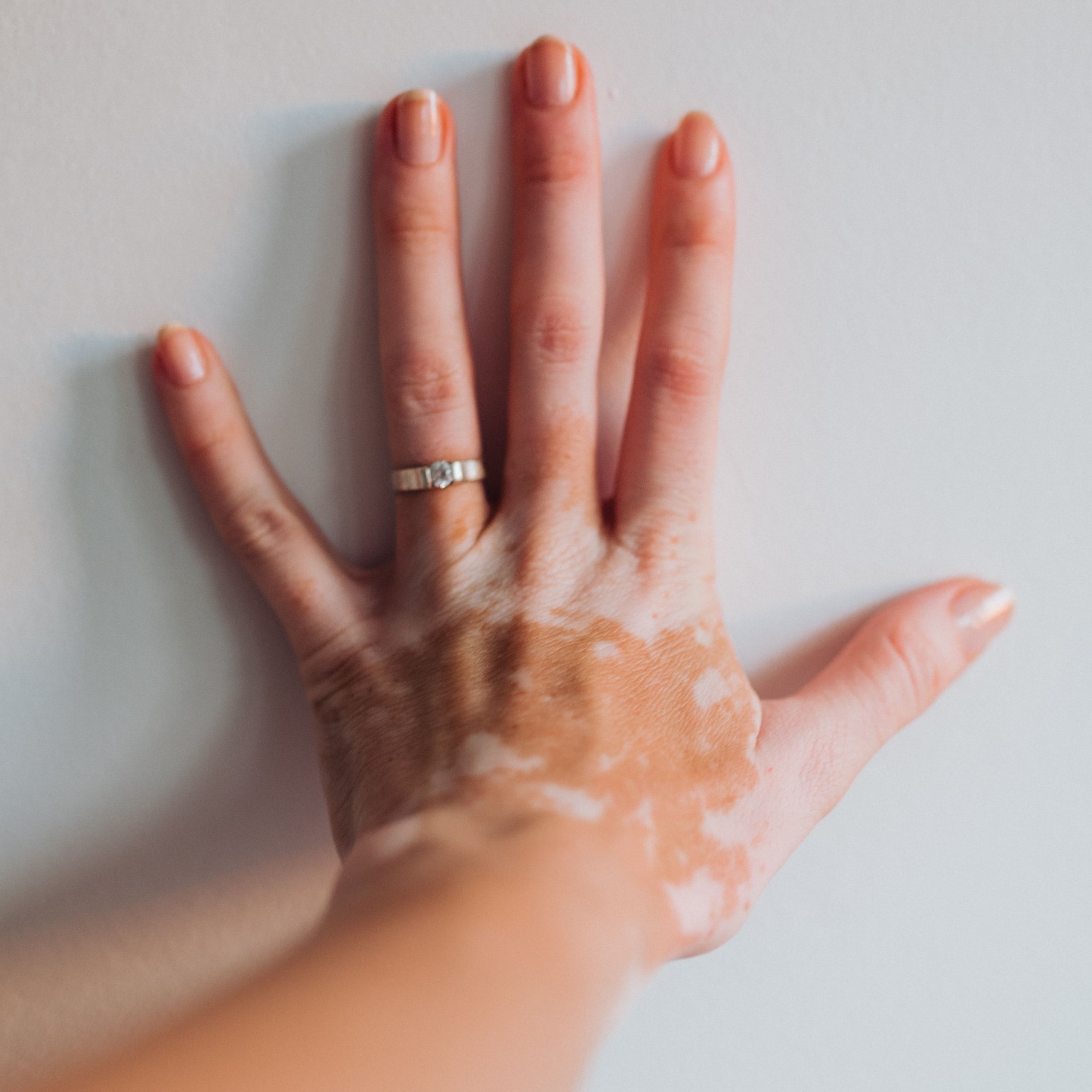Video
Raj Chovatiya, MD, PhD: Therapeutic Possibilities for Vitiligo
Author(s):
Many patients with vitiligo have become disillusioned with healthcare due to a lack of long-term, effective management strategies. However, Dr. Chovatiya believes the impending ruxolitinib cream approval may signal real change in the treatment of the skin disorder.
Of all the skin disorders dermatologists see in their practice, many will readily admit that vitiligo is among the most difficult to treat. It is a complex inflammatory autoimmune condition that requires a bevy of management strategies including topical creams and phototherapy.
Some of the available therapies for vitiligo are time-intensive and costly, and long-term repigmentation is not guaranteed or even expected.
As such, many patients affected by vitiligo have become disillusioned with the healthcare system, as Raj Chovatiya, MD, PhD, Assistant Professor at the Department of Dermatology at Northwestern University Feinberg School of Medicine explained.
“My vitiligo patients are the sweetest ones in the world, but I do feel that many people who have been struggling with the burden of disease for a long time kind of phase in and phase out of healthcare, in part because they've tried many of these options- they worked okay, but they require a lot of effort, continuous use for oftentimes just not great results,” he said. “Eventually, they just kind of lost (the urge to) follow-up. They might come back several years later saying ‘hey, anything new that's happened?’, and I haven't had the ability to tell them that there's been major changes in the way that we've managed disease until now.”
These “major changes” Chovatiya eluded in his interview with HCPLive have come in the form of phase 3 data on ruxolitinib cream, which showed that 3 in 10 patients treated with the topical therapy achieved ≥90% improvement on facial vitiligo regimentation after 52 weeks.
Given the strength of the data, an approval of the topical therapy by the US Food and Drug Administration is anticipated, which could further legitimize the burdens of vitiligo and offer some patients the treatment they deserve.
Referencing the recent baricitinib approval for moderate to severe alopecia areata, Chovatiya noted that a ruxolitinib approval could pave the way for future treatments for vitiligo (early studies on oral agents are already in progress) and similar inflammatory skin conditions.
“I'm hoping that once we get treatments for a lot of these different disease categories that really haven't had them- vitiligo being one prominent category- people are going to take it seriously,” Chovatiya said. “And from an insurer and payer perspective- I hope you guys are listening out there- please make it easy for us to get these treatments for our patients who really don't have anything else, and treatments that could very well change their everyday lives.”
To hear more from Dr. Chovatiya on the burdens of vitiligo and what can be done to support patients affected by the disorder, please watch the full interview above.





